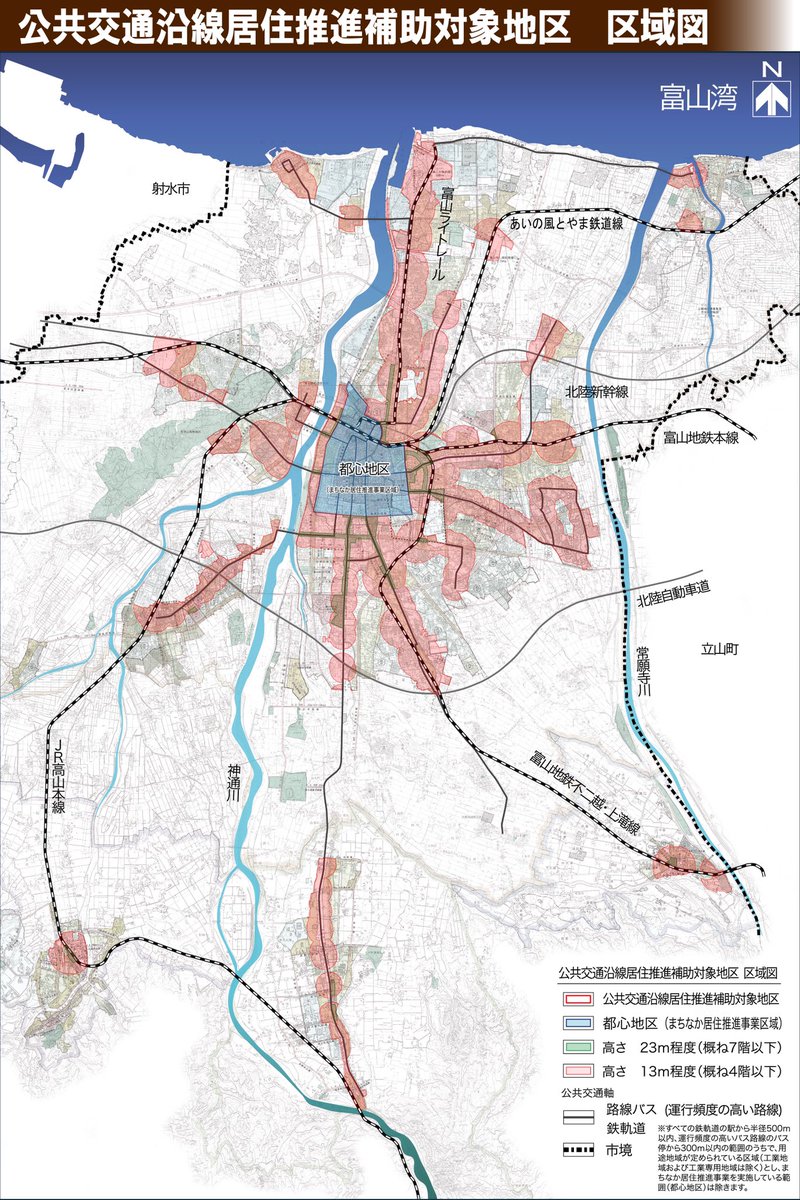
Every people who have used wood for their buildings have some sort of natural paint to help preserve it against water and insects. In Scandinavia it was the copper based red, in Europe the lime based white, and in Japan the pine soot black, still widely seen in Japanese cities. 

The black preservative is called shibusumi, and is made by different alcohols, persimmon fruit juice and pine soot (also used in making ink). Applied straight on untreated wood. It acts as an insecticide, protects against humidity and kills fungi and bacteria. Often homemade. 

Shibusumi can rub of a little so it is usually not used in interiors, but more and more people are applying it in an effort to create a less toxic atmosphere indoors. Completely hygienic and organic, it poses no threat to animals or humans, unlike modern paints and materials. 

Shibusumi is a favorite material for professionals in the building preservation trade. Many UNESCO sites in Japan rely exclusively on this natural product. 







It is extremely easy to use, the alcohol draws the soot into the wood evenly, and the persimmon juice fixes it to the surface with a good deal of tannic acid, all water soluble. Cheap and dries quickly, it can be used all year around. 

• • •
Missing some Tweet in this thread? You can try to
force a refresh



























